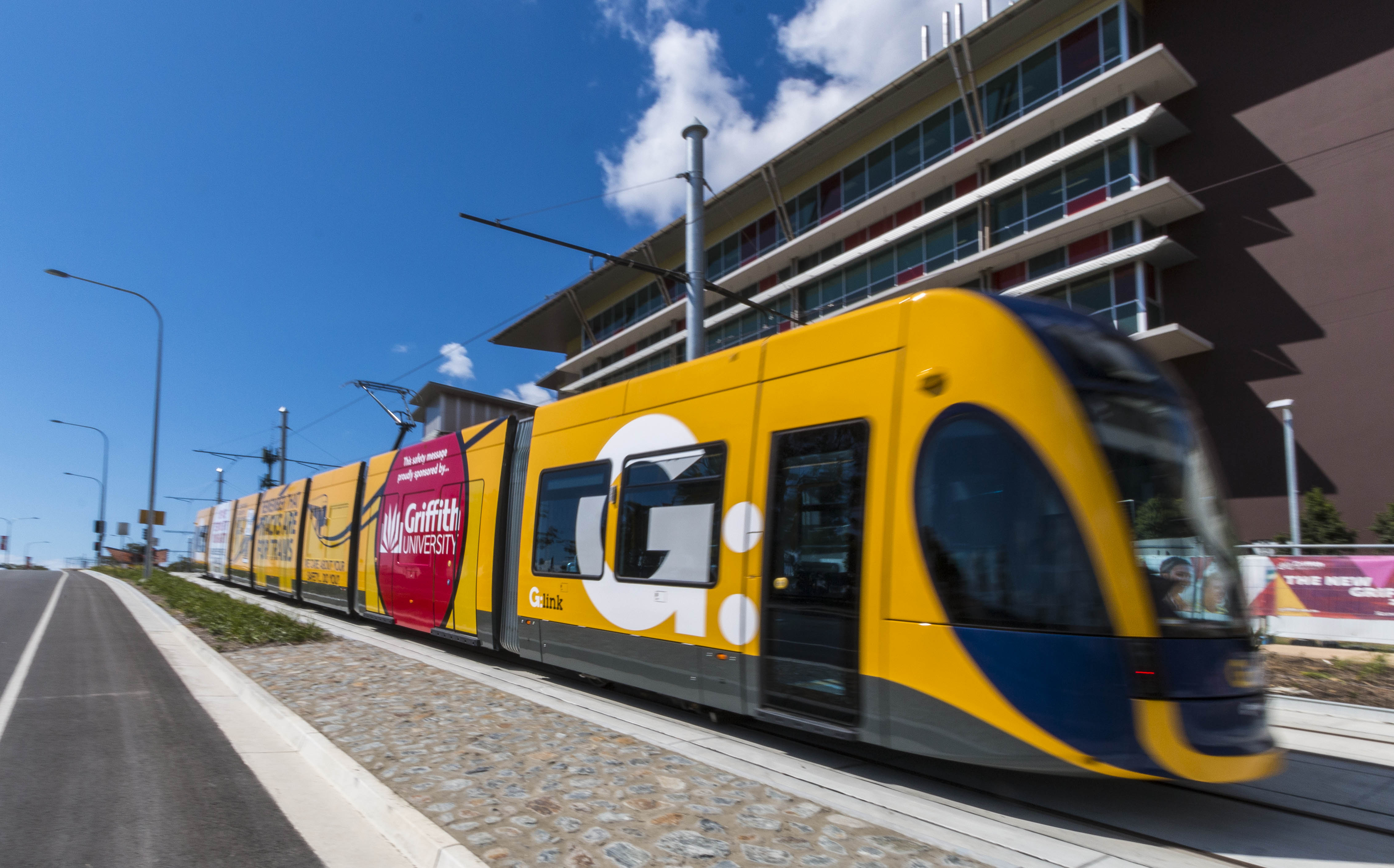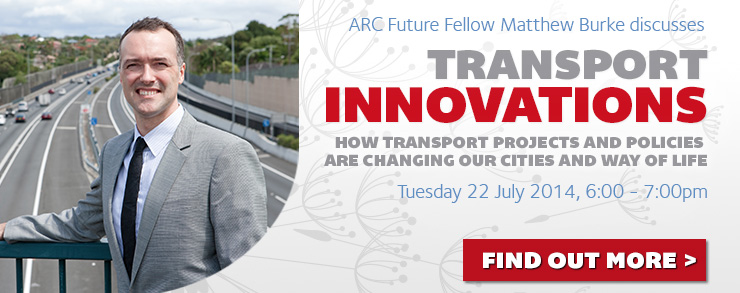We all know the feeling, sitting at a congested roundabout, creeping along, blood pressure slowly rising as you wait to enter the slipstream, exit and at last be on your way.
As you inch closer you can see why the roundabout is so congested, with cars missing the opportunity to enter the intersection; over-eager vehicles darting through and causing near-misses; and confusion over the use of indicators.
All of which leaves you wondering why they just didn’t put traffic lights at the intersection in the first place, seeing as it is ALWAYS crowded.
These are the issues that the School of Engineering’s Dr Xiaobo Qu has spent his career investigating.
“Bob”, as Dr Qu prefers to be addressed, has a simple explanation for the blood-boiling rage any congested roundabout can flare: “The modelling for the capacity of a roundabout is inaccurate and people don’t indicate correctly.”
Town planning from inaccurate manual
Bob’s latest research, published by ASCE-Journal of Transportation Engineering, suggests that the Highway Capacity Manual (HCM) 2000 model – the manual that town planners use to estimate the roundabout capacity – is inaccurate.
“By as much as 34 per cent,” he says, adding that if town planners are operating on flawed assumptions, the flow paths they are designing are destined for congestion.
“One of the problems is that the HCM was mostly adapted from the American HCM. It is more than a decade old and, more importantly, it ignores the effects of exiting vehicles on the entry capacity,” says Bob.
As the above scenario highlights, if you can’t tell whether a car is going to exit the roundabout (usually because it is not indicating), it is dangerous to enter the intersection. But by the time you wait for the car to exit, the next one is already approaching and you’ve missed your chance.
If this happens time and again, congestion builds and the capacity of the roundabout is severely curtailed.
Bob’s research is being submitted to the Queensland Department of Transport and Main Roads and other transport agencies. As well as allowing for an update to the HCM, it takes into account the difference in intersection traffic flow if the exiting vehicle is brought into the calculation.
Real world problems | real world solutions
If you believe this a minor detail with regard to overall traffic flow and wonder how it affects roads that are already built, consider some of the scenarios Bob includes in his calculation and ask if there is something similar happening in your area.
For example, if a shopping centre is being built 5km from a roundabout, what will be the effect of the increased traffic flowing through the intersection? Or what will happen to the overall traffic flow near that same intersection should the city council change the timing of the traffic lights adjacent to one arm of the roundabout?
“If the formula for the capacity calculations is out, how can a council plan effectively for these events?” asks Bob.
As for the use of indicators at roundabouts, safety and improved traffic flow are behind Queensland road rules stating drivers must always indicate to exit a roundabout.
“In some cases, the difference between the scenarios where all cars indicate and no cars indicate can be up to 60 per cent of the flow through the roundabout,” says Bob.
“If you want to improve congestion, let alone safety, obey the road rules.”






it’s very interesting! send me that topic please! thank you